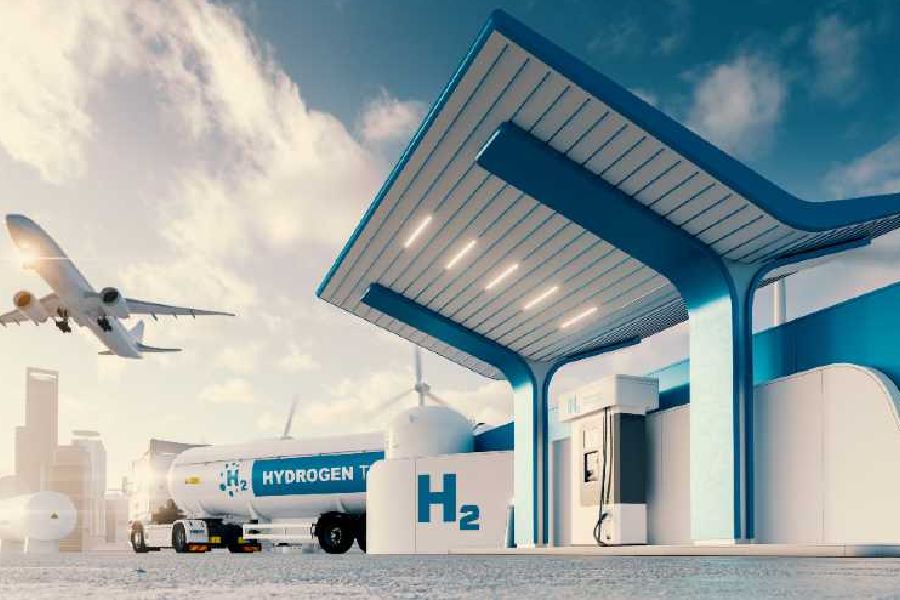The government on Saturday unveiled Green Hydrogen standards and included electrolysis and biomass-based methods in its definition.
In a significant move for the progress of the National Green Hydrogen Mission, the government has notified the Green Hydrogen Standard for India, the New and Renewable Energy Ministry said in a statement.
The standards issued by the ministry outline the emission thresholds that must be met in order for hydrogen produced to be classified as ‘Green’, i.e., from renewable sources.
The scope of the definition encompasses both electrolysis-based and biomass-based hydrogen production methods, it stated.
After discussions with multiple stakeholders, the Ministry of New & Renewable Energy has decided to define Green Hydrogen as having a well-to-gate emission (i.e., including water treatment, electrolysis, gas purification, drying and compression of hydrogen) of not more than 2 kg CO2 equivalent / kg H2.
The notification specifies that a detailed methodology for measurement, reporting, monitoring, on-site verification, and certification of green hydrogen and its derivatives shall be specified by the Ministry of New & Renewable Energy.
The notification also specifies that the Bureau of Energy Efficiency (BEE) under the Ministry of Power shall be the Nodal Authority for accreditation of agencies for the monitoring, verification and certification for Green Hydrogen production projects.
The notification of the Green Hydrogen Standard brings a lot of clarity to the Green Hydrogen community in India and was widely awaited, it stated.
With this notification, India becomes one of the first few countries in the world to announce a definition of Green Hydrogen.
Except for the headline, this story has not been edited by The Telegraph Online staff and has been published from a syndicated feed.










